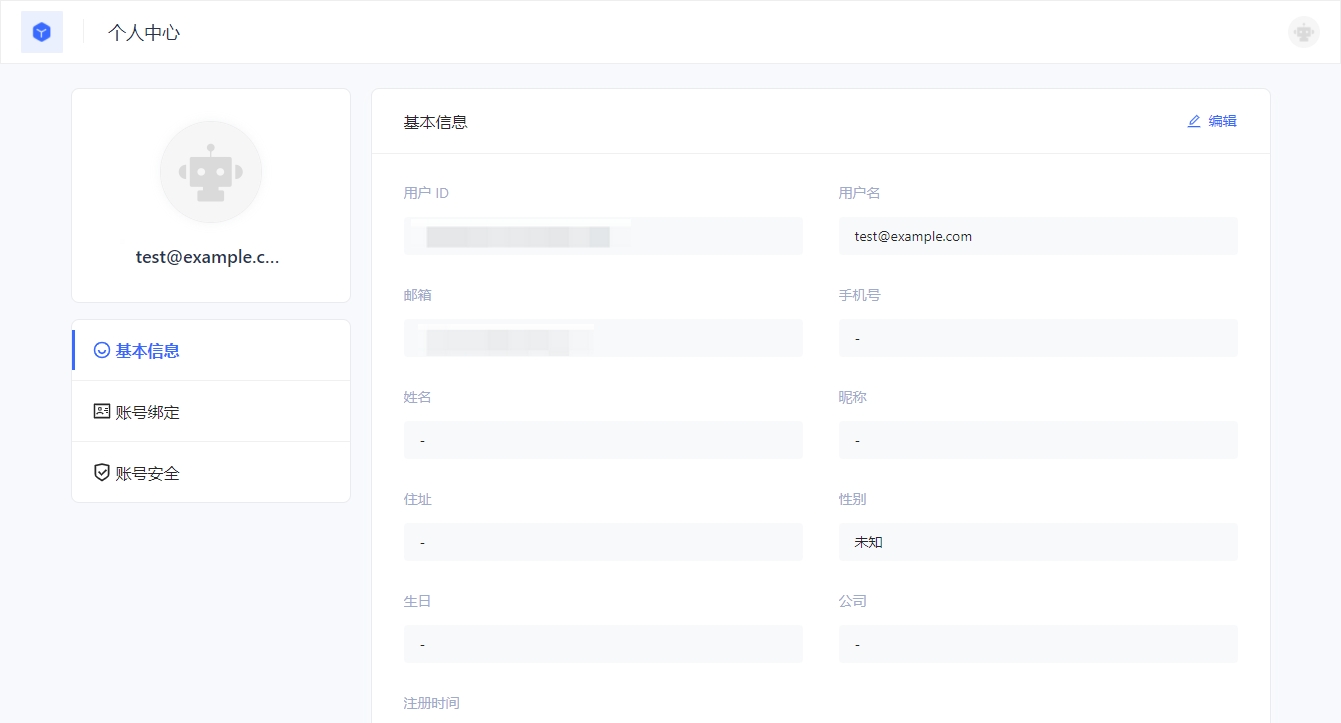¶ Custom domain name configuration scheme
¶ Overview
Currently, GenAuth uses the domain name hosting mode, which uses the second-level domain name of GenAuth (such as: https://my-app.genauth.ai).
In the domain name hosting mode, users can only access and log in to the application through the second-level domain name of GenAuth. For users who want to use a custom domain name, GenAuth provides a custom domain name solution based on the Nginx reverse proxy mode.
This article will describe in detail how users configure a custom domain name, so as to log in and register GenAuth through a custom domain name.
¶ Preparation
Users need to register the required domain name, HTTPS certificate, and DNS resolution by themselves.
Configure the registered domain name and HTTPS certificate in the Nginx reverse proxy service.
Create a GenAuth application and configure the domain name of the GenAuth application in the Nginx reverse proxy service.
¶ Operation process
Before proceeding to this step, make sure you have completed the first two steps in the preparation.
**1. Log in to the GenAuth console, create a new application, and specify the application domain name. **
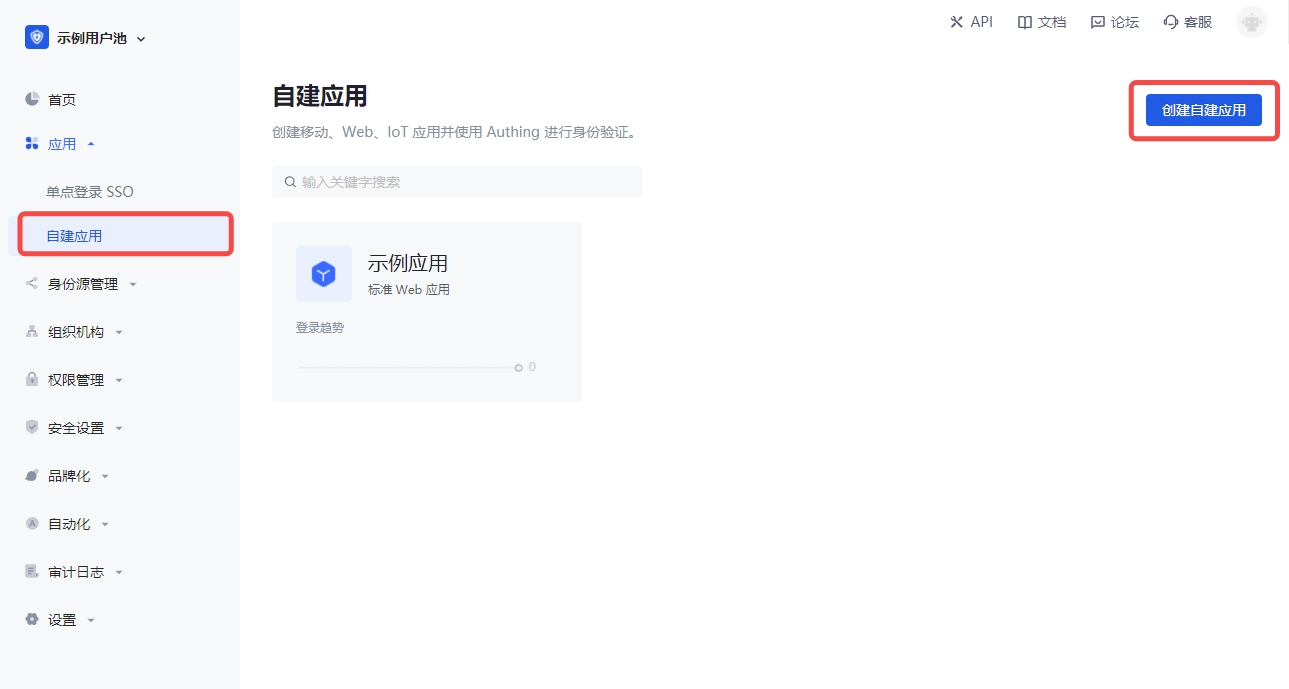
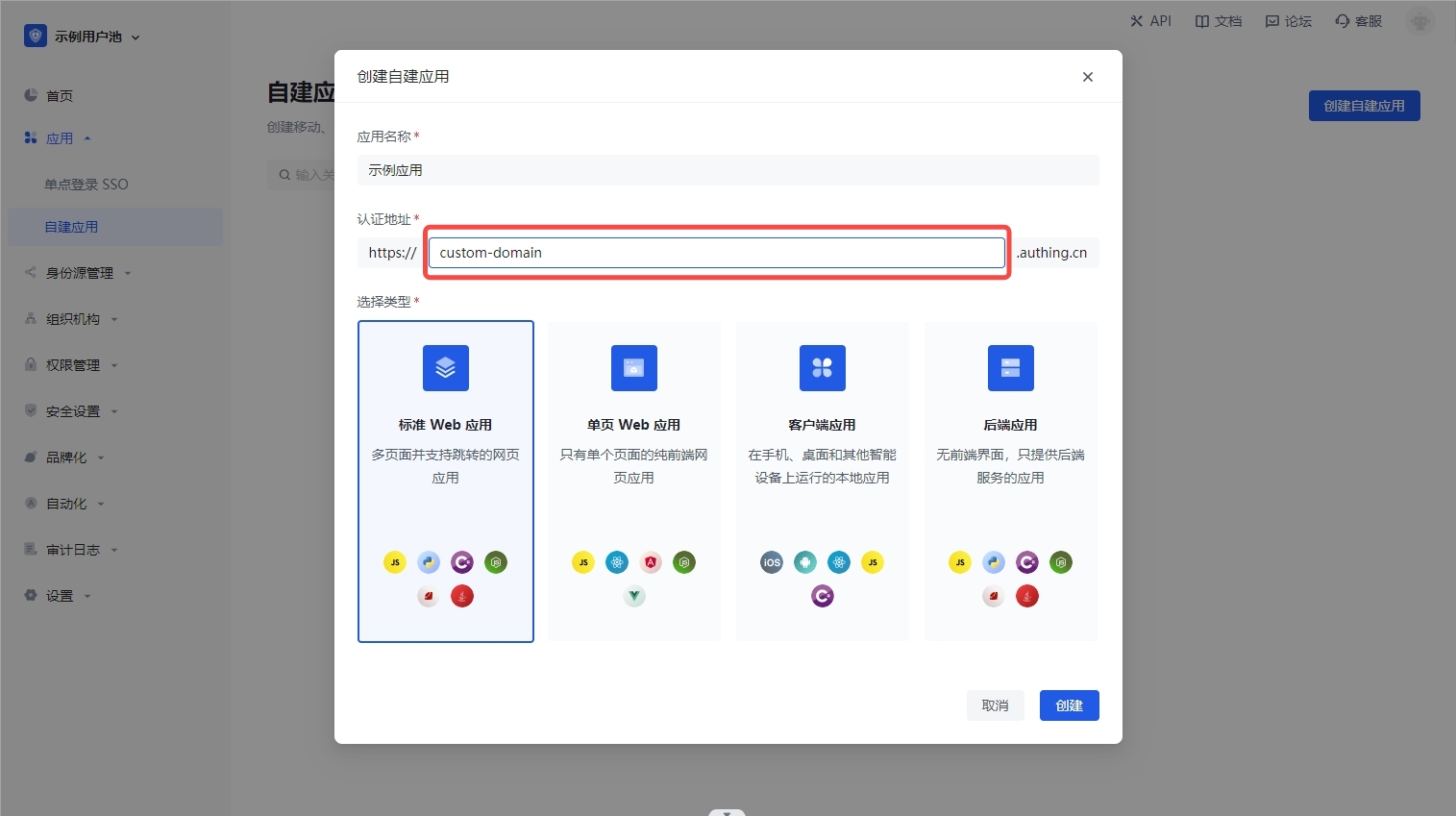
As shown above, we created a GenAuth application and configured the application domain name as: https://custom-domain.genauth.ai.
Next, we need to reverse proxy the user's custom domain name to https://custom-domain.genauth.ai.
This application and domain name are just examples. You can create your own GenAuth application and domain name.
**2. Create a user to log in to the GenAuth application. **
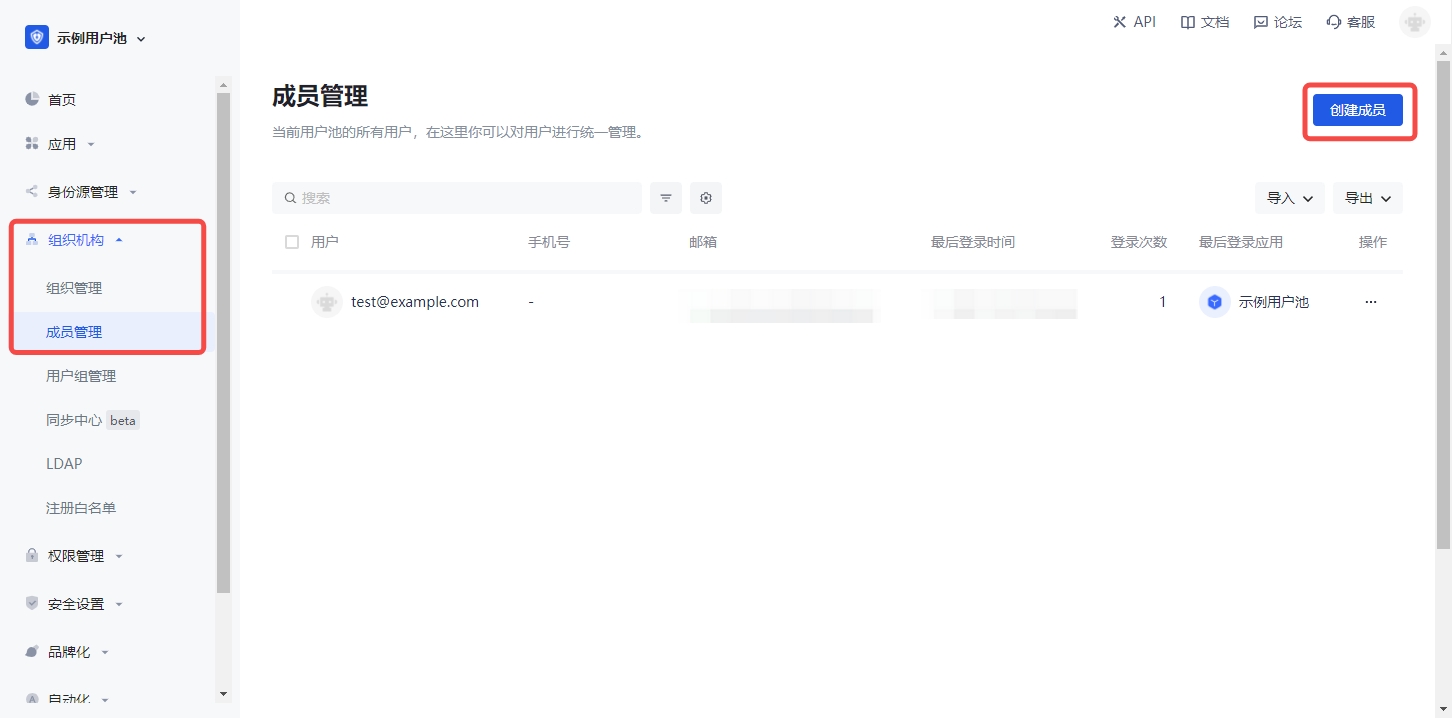
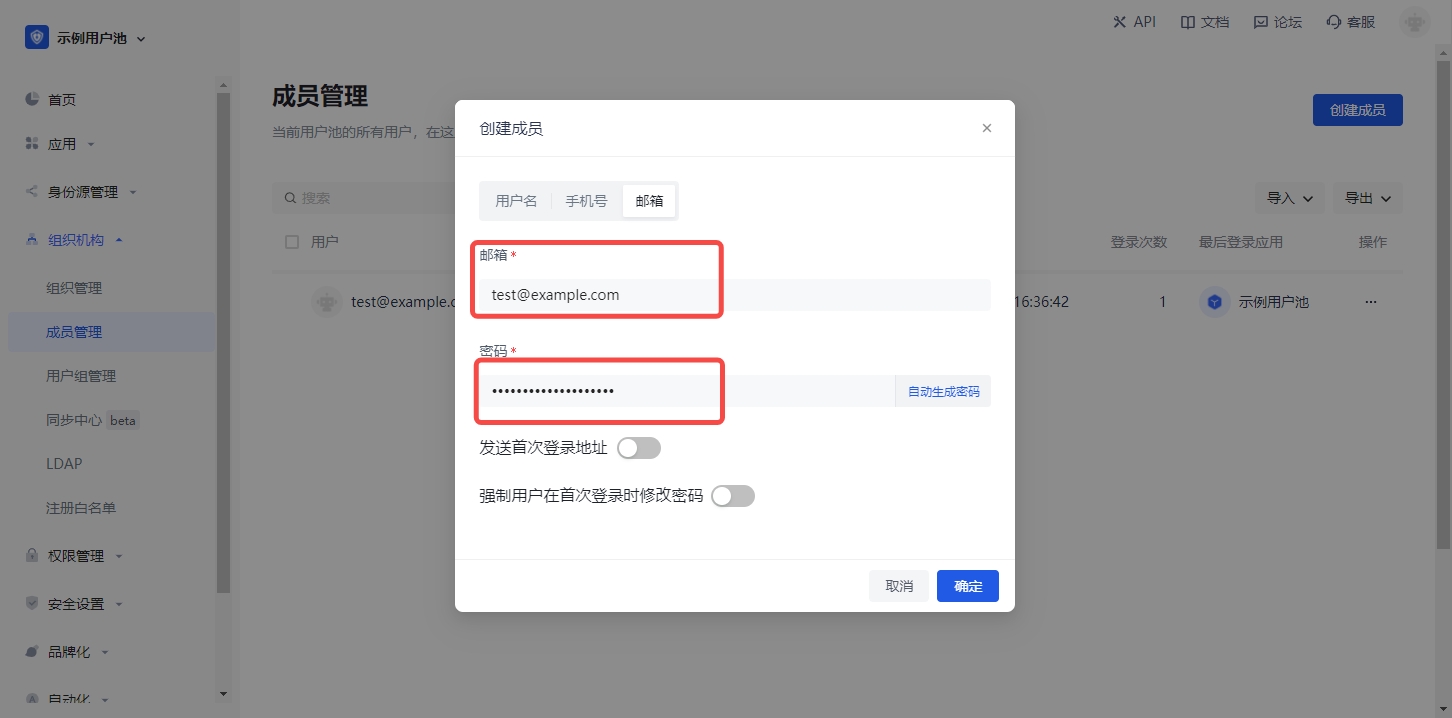
**3. Configure the GenAuth application domain name created above in the Nginx reverse proxy. **
upstream custom_domain {
# Application domain name configured above
server custom-domain.genauth.ai:443;
keepalive 64;
}
server {
listen 443;
# Custom domain name in the example
server_name custom-domain.littleimp.cn;
ssl on;
# HTTPS certificate for custom domain name
ssl_certificate /etc/nginx/certificate/fullchain.cer;
# HTTPS private key for custom domain name
ssl_certificate_key /etc/nginx/certificate/littleimp.cn.key;
ssl_session_cache shared:SSL:1m;
ssl_session_timeout 5m;
ssl_ciphers ECDHE-RSA-AES128-GCM-SHA256:ECDHE:ECDH:AES:HIGH:!NULL:!aNULL:!MD5:!ADH:!RC4;
ssl_protocols TLSv1 TLSv1.1 TLSv1.2;
ssl_prefer_server_ciphers on;
proxy_ssl_session_reuse off;
location / {
# Redirect the application domain name to the custom domain name
proxy_redirect https://custom-domain.genauth.ai https://custom-domain.littleimp.cn;
# The application domain name configured above
proxy_set_header Host custom-domain.genauth.ai;
proxy_set_header X-Real-IP $remote_addr;
proxy_set_header User-Agent $http_user_agent;
proxy_set_header X-Forwarded-For $proxy_add_x_forwarded_for;
proxy_set_header X-Forwarded-Proto $scheme;
proxy_set_header X-Forwarded-Host $host;
proxy_ssl_server_name on;
# proxy_pass configuration is consistent with upstream configuration
proxy_pass https://custom_domain;
index index.html index.htm;
client_max_body_size 256m;
client_body_buffer_size 128k;
proxy_connect_timeout 7d;
proxy_send_timeout 7d;
proxy_read_timeout 7d;
proxy_buffers 32 4k;
}
}
**4. Access the GenAuth application through the example custom domain name https://custom-domain.littleimp.cn. **
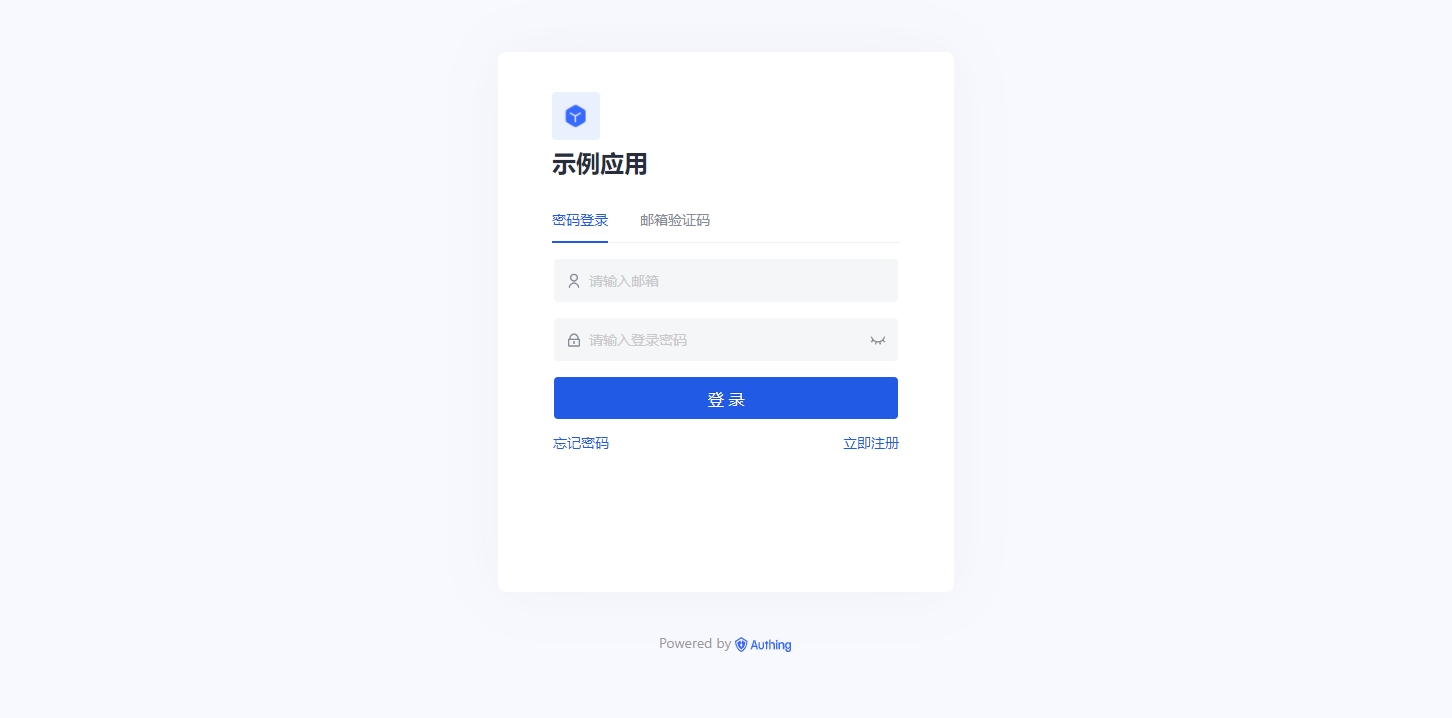
**5. Enter the user and password created above to log in to the GenAuth application. **
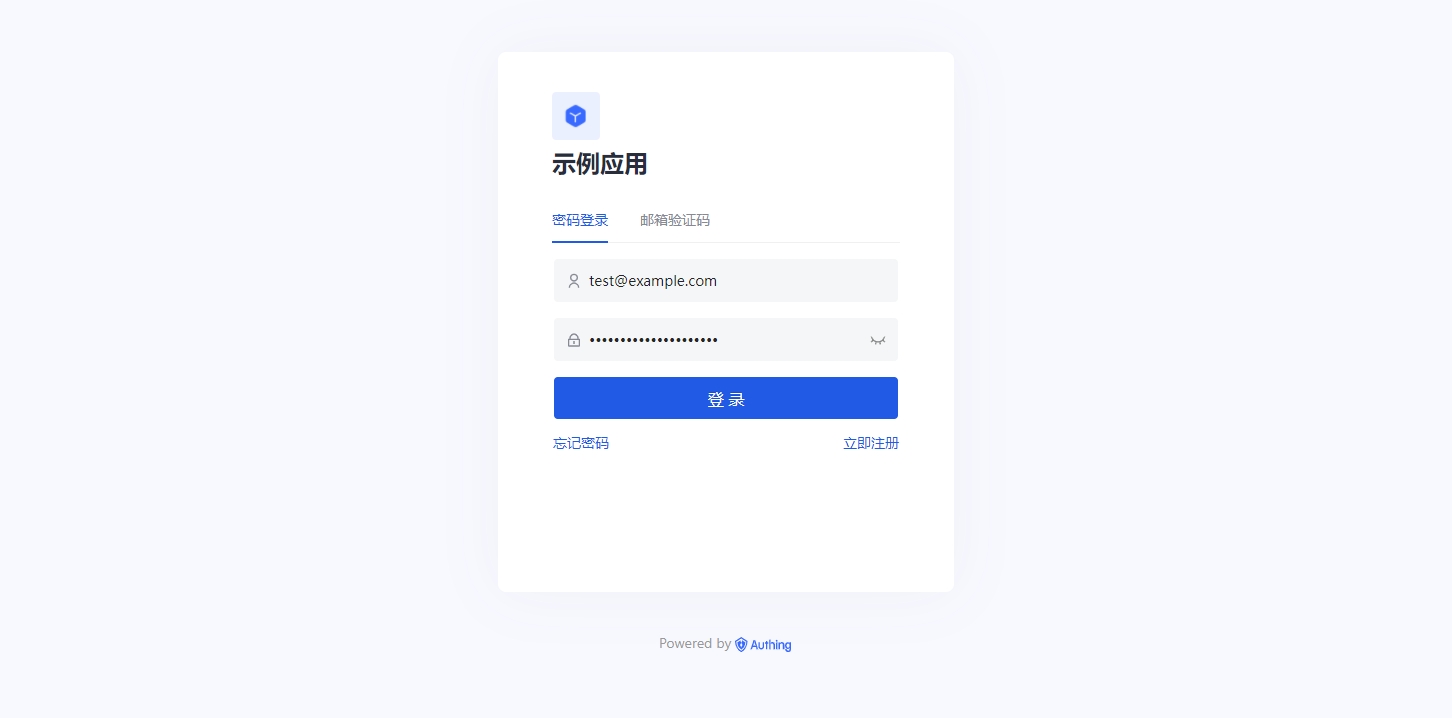
**6. Successfully log in to the GenAuth application through the custom domain name and access the personal center. **
